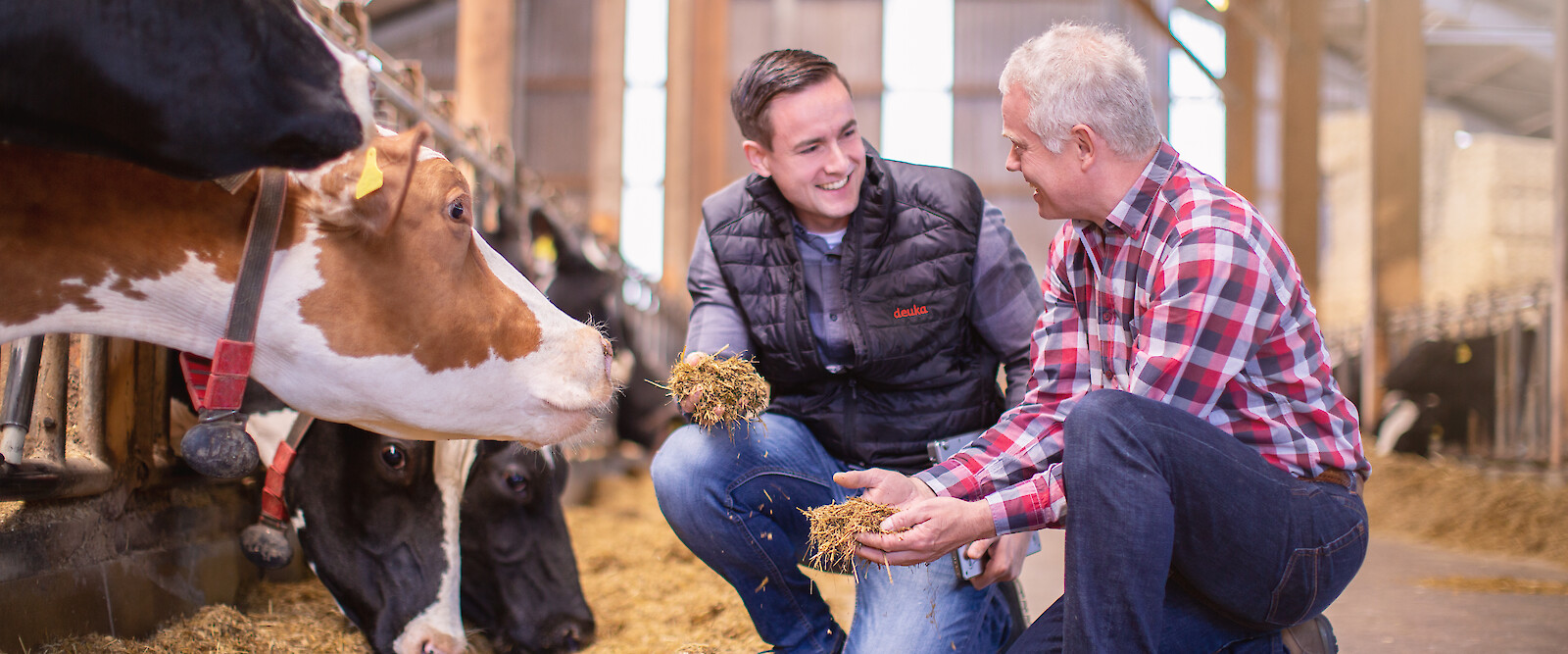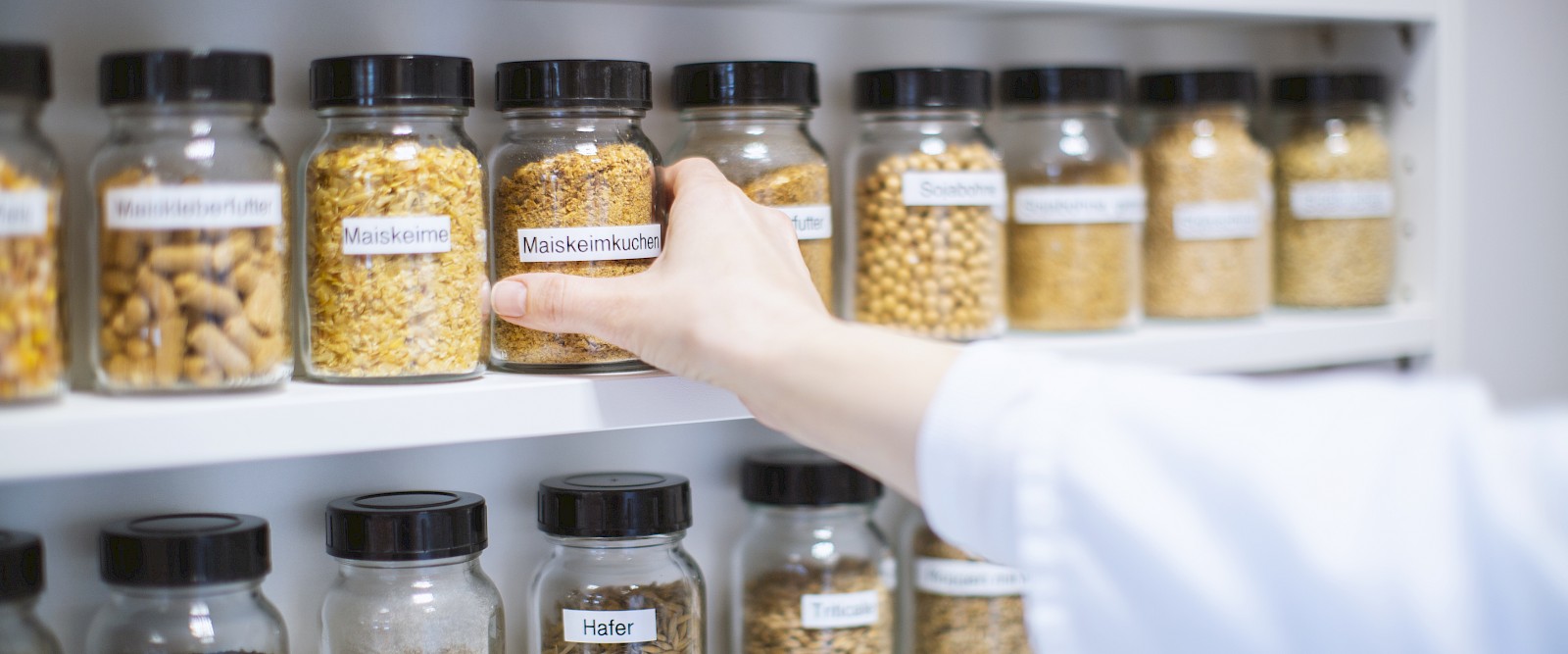Raw material and nutrient lexicon
Niacin
Niacin is the generic term for the two effective vitamin forms nicotinic acid and nicotinic acid amide, both of which have the same biological value. Niacin is involved in vital reaction steps in carbohydrate, fat and protein metabolism. It also plays a key role in the body's energy metabolism. In dairy cows with very high daily milk yields, an increased supply of niacin can reduce the risk of ketosis, a metabolic disease. Various disorders can occur with niacin deficiency: reduced growth, inflammation of the mucous membranes, functional disorders in the nervous system, skin changes ("pellagra") and reduced laying performance as well as deteriorated broodability in poultry. Niacin in the form of nicotinic acid is found in many plant feeds. Vegetable protein feeds, green fodder, wheat bran and yeast are particularly rich in niacin. Dairy products as well as maize and rye, on the other hand, contain very little niacin. The utilisability of niacin from cereals and by-products of cereal processing (e.g. wheat bran) is only low for monogastric animals (e.g. pigs), poultry and also ruminants. Certain amounts of nicotinic acid amide can be produced in the intestine or rumen of ruminants through microbial synthesis. In the metabolism, a small amount of this niacin is formed from a conversion of the essential amino acid tryptophan. Depending on the needs of the animal species, the feed is supplemented with pure niacin to ensure the daily supply.






